Planning an expedition of this nature, traveling from Chengdu in Sichuan Province, first to Shangri-La in Yunnan Province and then on along the G214 and G318 National Highways to Lhasa is a trip of such epic proportions that it should constitute an expedition. An immense journey crossing three separate regions of the People’s Republic of China, this trip is one that will take your through immense mountain ranges, along deep and fertile valleys, and through landscapes that are so awe-inspiring they will take your breath away time after time, after time.
Covering a huge distance of over 2,600 kilometers, a journey like this requires careful planning in order to ensure that everything goes according to plan, and you get to experience the best of China and Tibet along this colossal route. As you will be traveling to Tibet Autonomous Region of the People’s Republic of China, you will need to be on an organized tour with a registered tour operator such as Tibet Vista. Foreign travelers are not permitted to travel in Tibet unaccompanied, and must have a guide, private vehicle, and driver for their entire trip to Tibet.
Classic Travel Route from Sichuan, Yunnan to Tibet
There are actually two ways to get from Chengdu to Shangri-La (formerly known as Zhongdian), either following the G318 through Garze Tibetan Autonomous Prefecture and then south to Shangri-La, or by traveling southwest from Chengdu, through Liangshan and Panzhihua in a loop, finally turning north to get to the legendary town.
Following the G318 through Garze is the best route to take, and is definitely the most scenic, as it travels through some of the prefecture’s most beautiful countryside, and through old Tibetan towns and villages. The journey to Shangri-La covers a distance of over 1,000 kilometers as it snakes along the G318 Sichuan-Tibet Highway to the Tibetan town of Litang, where it turns south to follow a smaller and less travelled road across the huge expanse of the Litang Grasslands and past Daocheng to get to Shangri-La.
From Shangri-La, the road then turns north, following the G214 Yunnan-Tibet Highway to Markam, where it once again joins the Sichuan-Tibet Highway for the remainder of the journey. Traveling through the beautiful prefecture of Nyingchi, with its high mountains, deep valleys, and stupendous Grand Canyon, to road heads steadily west until you drop into the valley of the Lhasa River, and follow it all the way to your final destination.
Day by Day Itinerary of Chengdu to Shangri-La and Lhasa Overland Tour
Day 1: Chengdu to Kangding
The first part of the route is an easy drive out of Chengdu along the G318 to Kangding. Kangding is the gateway to Tibet, and lies in the Garze Tibetan Autonomous Prefecture of Sichuan Province. It was also a center for the tea trade between China and Tibet.
Day 2: Kangding to Tagong
Today you drive from Kangding to Tagong, on the edge of the huge expanse of grasslands. This traditional Tibetan village is surrounded by grassy rolling hills and is the site of the famous Lhagang Monastery and one of the important pilgrimage sites for Tibetan Buddhists.
Day 3: Tagong to Litang
The area between Tagong and Litang is known as Tibet’s “wild west”, and the road to Litang travels through huge expanses of forests to get to the world’s highest town. It is also the birthplace of two of the incarnations of the Dalai Lama. Famous for its horse festival in August, Litang also has an astounding monastery that you can visit.
Day 4: Litang to Xiangcheng
The road from Litang to Xiangcheng takes you past the Gongalongjiling Monastery, which houses the famous Golden Maitreya Statue that was placed there by the 5th Dalai Lama. Then it is on to Xiangcheng for the night.
Day 5: Xiangcheng to Shangri-La
Today you will follow the Suoqu River south and will cross the Big Snow Mountain and Small Snow Mountain passes, at 4,100 meters and 3,900 meters respectively. Once over the passes, you will drop down into the famous land of Shangri-La.
Day 6: Shangri-La to Markam
After a morning visit to the Songzanlin Monastery in Shangri-La, which is the largest lamasery in Yunnan Province, and a tour of the town and its sights, you will head north, towards Markam. The road passes through Deqen, the last town in China, before crossing the boundary into Tibet. Deqen lies on a mountain covered in ancient glaciers, hot springs, and primeval forests, and is worth stopping for a few hours to take a look.
Day 7: Markam to Zogong
From Markam, the road passes over the Lawu Mountain at 4,358 meters as it heads west towards Lhasa. You will also pass over Dongda Mountain (5,008m), where you can stop at the top of the pass and look out over the stupendous views. Then it is on to Zogong for the night.
Day 8: Zogong to Rakwa Tso
In the morning, hit the road to pass through Bangda grasslands and cross Yela Mountain (4,839m), which lies on the dangerous natural barrier of the Hengduan Mountain Range. Then it is down through the famous 72-bends road, which switches back and forth as it descends the mountains. Then it is on to Rakwa Tso for the night.
Day 9: Rakwa Tso to Bomi
Rakwa Tso is a seasonal glacier lake that is the source of the Yarlung Zangbo Lake. As you leave the beautiful glacier area, the road follows through dense forests and past the famous Midui Glacier, before finally reaching Bomi.
Day 10: Bomi to Nyingchi
Today you will follow the open valley of the Yarlung Zangbo River as it enters the stunning Yarlung Zangbo Grand Canyon, the largest canyon in the world. Then it is on through Lulang Forest and past Namche Barwa Mountain, before arriving in Nyingchi.
Day 11: Nyingchi to Lhasa
The final day of driving takes you along the Nyang River, a tributary of the Yarlung Zangbo River, as you head west towards Lhasa. After you cross the last mountain pass of the trip, the Mila Pass at 5,013 meters, you will drop down into the valley for the last stretch as you roll into Lhasa.
>> Join-in 11 Days World-Class Overland Route: Chengdu to Lhasa via G318 National Highway
>> Join-in 15 Days Chengdu Lhasa EBC via 318 National Highway Overland Tour
>> Join-in 12 Days Yunnan to Tibet Overland Journey
>> Join-in 16 Days Amazing Kham Tour
Best Time to Travel Overland to Tibet from Sichuan and Yunnan
While Chengdu lies in the lowland area of the Sichuan Basin, a few kilometers outside the city you start to rise in elevation, and the remainder of the journey is at altitudes of 2,000 to 5,000 meters. The weather at these altitudes is very changeable, and you need to pick a good time of year to travel along this tremendous route.
Winter is out of the question, as it is too cold and there is too much chance of snow in the mountainous regions to be able to safely traverse the huge distance involved. You would need to wait until spring is well under way, and the last of the snow and ice has melted before setting off. May to June or September to November would be the best time to travel this route, as the weather is at its best during these periods. Clear skies lie before you, and there is little chance of rain in the mountains during spring and fall. They are also the best times to take photographs along the route, as spring is when all the new leaves and fresh blossoms appear on the trees, including the amazing sight of the peach blossoms in Nyingchi. In the autumn, the leaves all turn the forests into a rustic land of red and gold, before falling to cover the countryside with a colorful carpet of leaves.
It is also possible to travel the route in summer, as the weather is nice and warm. However, with it being the monsoon season across the entire region and into Tibet, there is a chance of heavy rains, making the driving a little treacherous. Only an experienced driver should take this route in the monsoon season, and even then should take extra care, as there can be sudden mudslides and rockslides in the mountains after heavy rains.
Dining and Accommodation en Route
While traveling along the G318, you will find plenty of places to stop and eat, and to stay overnight, as the route is more suitable for tourists traveling overland to Tibet. There are lodges and hotels along the road that cater to foreign tourists, although you will not be able to stay in the cheaper truck-stop lodges, as these are not permitted for foreign visitors. The G214 has less places to stay and eat, but they can be found in the major towns along the road, and are hospitable and clean, with good Chinese and Tibetan food available in all hotels, guest houses, and lodges. Many of the popular touristy spots along the route also have food vendors nearby, to cater for the tourists who stop to admire views or visit monasteries and temples along the way.
Travel Visas and Permits Needed
Traveling through Sichuan and Yunnan only requires you to have a Chinese Entry Visa, which you can obtain from the Chinese Embassy in your home country. However, once you enter Tibet, you will need other permits.
The first of these is the Tibet Travel Permit, issued by the Tibet Tourism Bureau, and which is needed to enter Tibet and travel in the opened areas of the region, around Lhasa. For other areas of Tibet, you will need to have the Alien’s Travel Permit, which allows you to travel to the unopened areas outside the immediate area of Lhasa. And for travel to certain military sensitive areas such as Nyingchi, you will need the Military Permit.
All of these permits, with the exception of the Tibet Travel Permit, are normally applied for once you reach Lhasa on a normal tour of Tibet, as they require your original passport for the application. However, since you will need them before you enter the region, Tibet Vista will obtain them for you before you leave for Lhasa. We will use your passport and apply for the permits in Tibet, and deliver them to your hotel.
What to Pack for Sichuan Yunnan Tibet Overland Tour
Traveling along the road in a vehicle with heating means that most of the time when you are driving, lots of warm clothes are not needed. However, once you stop and get out, you may find it a little cold, even in the summer months. Moreover, at night, even in summer, the temperatures can get to around freezing, and not all lodges and guesthouses have central heating.
Layering of thinner clothes is the best way to keep warm in cold climates, and several thinner layers will keep you warmer than a few thick layers. Also, it means that if you get too hot you can remove layers, and then put them back on when it gets colder. For trips outside when it gets cold, a good down or fleece jacket is useful, and for the wind a good windproof jacket will keep out the biting cold.
Good, strong boots or shoes are needed when walking around at tourists spots as much of the ground in these sites is rough and rocky. It is also a good idea to bring sun cream, as the bright sun can burn, even though it feels cold outside. And lip balm and moisturizer can help prevent the wind form chafing your lips and damaging your skin.
You should also consult your doctor before you leave if you are taking any regular medication, as they may not be available in China and Tibet. Also, discuss the use of altitude sickness medications with your doctor, as they may not be suitable for you.
.jpg)



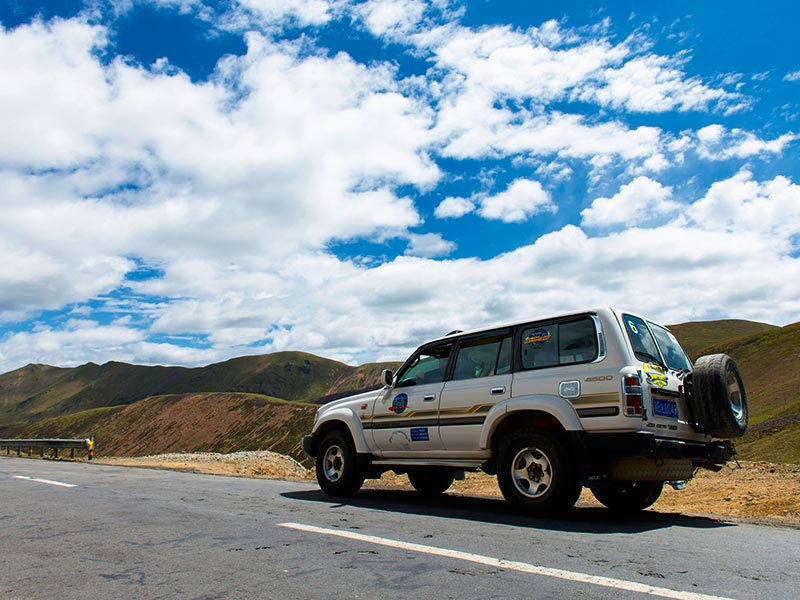
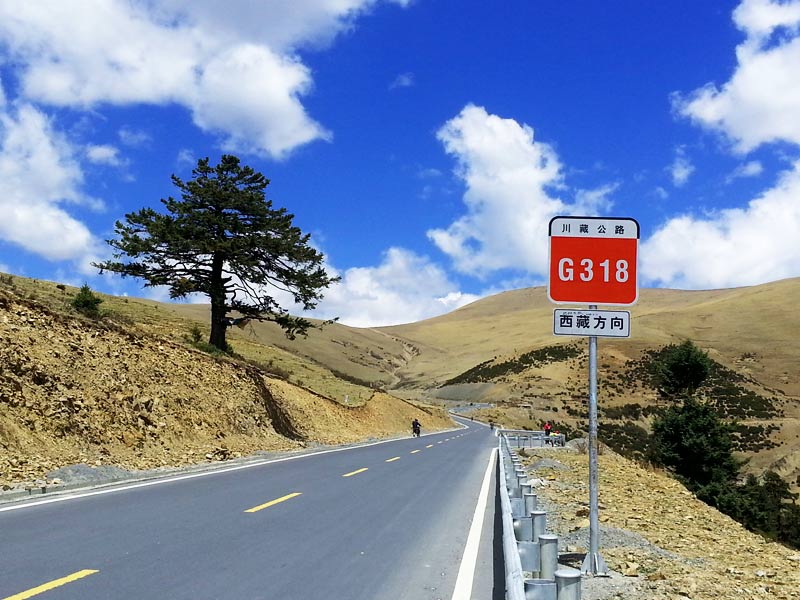
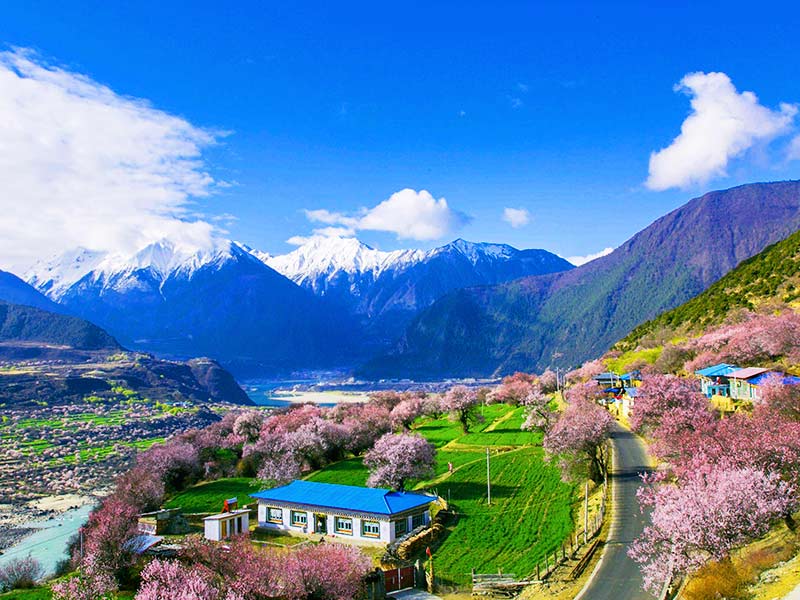
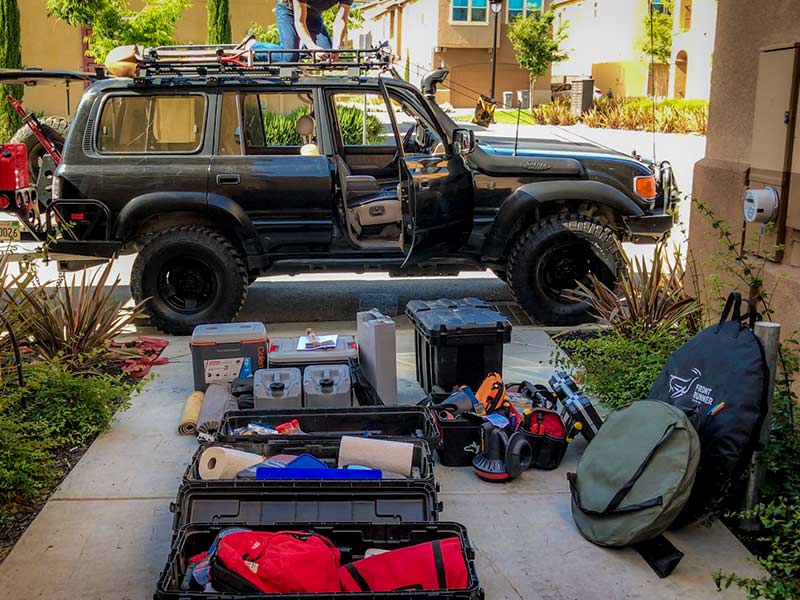

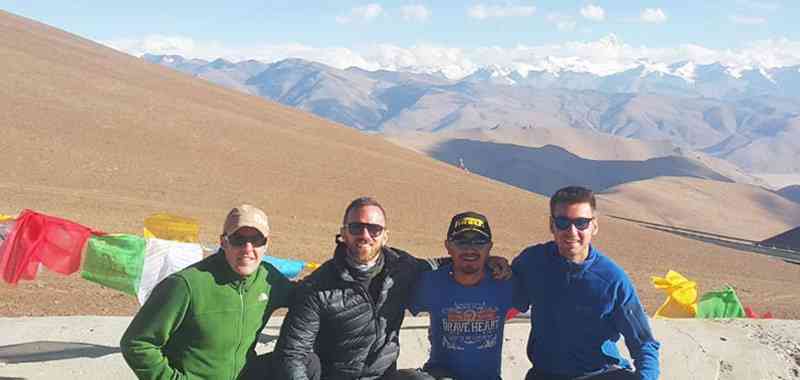






0 Comment ON "How to Plan an Overland Trip to Sichuan, Yunnan (Shangri La) and Tibet"